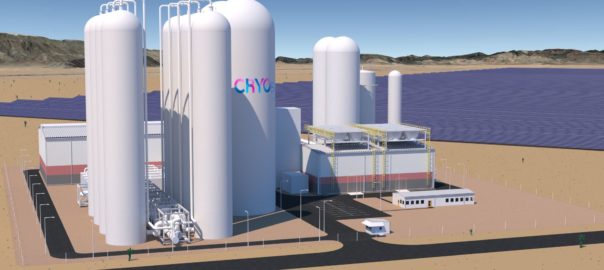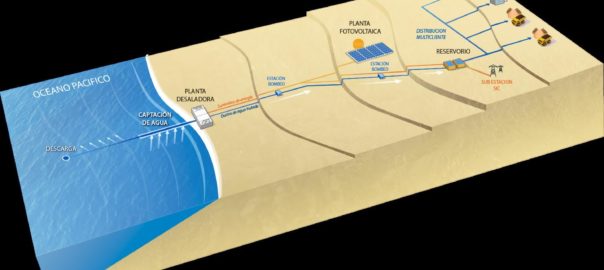Highview Enlasa, the 50/50 joint venture between Highview Power and Energía Latina SA-Enlasa, has announced the development of the first liquid air long duration energy storage project in Chile.
This 50 MW/500 MWh (10 hours) CRYOBattery™, which represents an estimated investment of $150 million, will be in Diego de Almagro in the Atacama Region.
With one of the highest solar irradiations in the world, the Atacama Region has the potential to generate all the country’s electricity. By pairing solar with cryogenic energy storage, Chile can benefit from 24/7, 100% renewable energy, according to Highview Power.
Engineering, procurement, and construction (EPC) on the project will be carried out by SK Ingeniería y Construcción, a leading Chile-based EPC contractor and a subsidiary of the Sigdo Koppers group. The project is currently in the pre-feasibility engineering phase and is scheduled to enter environmental permitting in August. Construction is estimated to start in the second half of 2023.
Javier Cavada, CEO and President of Highview Power, said: “This is a big step forward to enabling decarbonisation goals for the country of Chile. Our liquid air energy storage technology is the optimal solution for the large scale, long duration energy storage that is needed to balance the grid, without the geographic constraints associated with other energy storage technologies.”
The Highview Enlasa joint venture is opening Latin American energy markets to baseload renewable energy potential, the companies say. When paired with renewable energy sources such as solar, Highview Power’s long duration energy storage system is equivalent in performance to thermal and nuclear power, it claims. CRYOBatteries are developed using proven components from mature industries and can deliver pumped-hydro capabilities without geographical constraints.
Fernando del Sol, President of Highview Enlasa, added: “The objective of our company is to make this innovative technology available to the market and to all actors in the electrical and mining sectors. These plants can replace traditional coal plants, which will help us contribute to accelerating the decarbonisation process in Chile and to combat climate change.”
Highview Power’s proprietary cryogenic energy storage technology uses air liquefaction, in which ambient air is cooled and turned to liquid at -196°C. The liquid air is stored at low pressure and later heated and expanded to drive a turbine and generate power. It is the only long duration energy storage solution available today that is locatable and can offer multiple gigawatt-hours (weeks) of storage, according to the company.
“The CRYOBattery has a small footprint and is scalable with no size limitations or geographic constraints, allowing for the deployment of massive amounts of renewables,” the company said.
Highview Power’s cryogenic energy storage plants offer valuable capabilities including voltage control, grid balancing and synchronous inertia that give grid operators the flexibility to manage power and energy services independently.”









